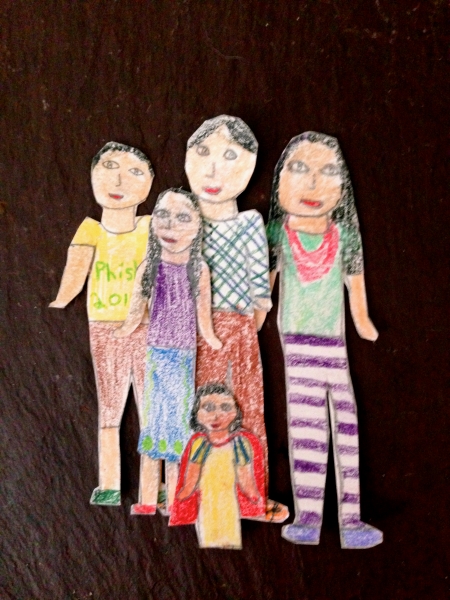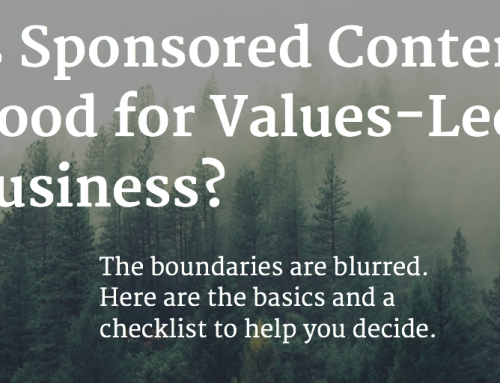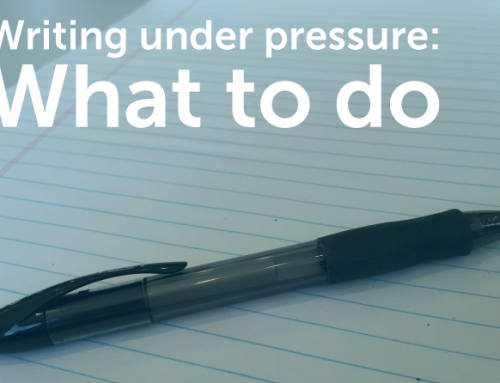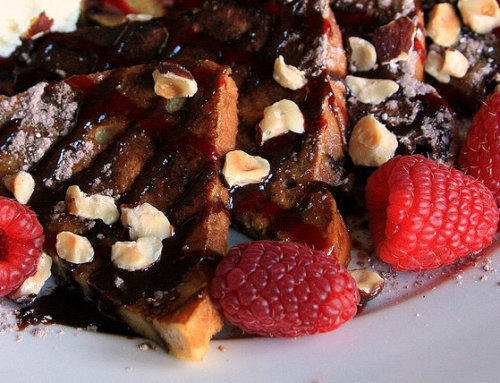As my three girls grow up, I am highly attuned to how young girls and women are now portrayed in everything from advertisements to movies. The images in magazines, commercials, billboards, cereal boxes (they’re everywhere!) would usually wash over me as noise. Now, I pay attention to all of them. I don’t like a lot of what I see.
Paper Doll Families
Our ten year old was busily making her paper doll families (she draws, cuts and colors each figure, giving them names, ages and professions) and she explained that one particular woman was the First Lady. My first thought was, “why isn’t she the President?” Now, I totally understand that she has never known of a female President (hopefully we all will soon!) but she actually laughed when I mentioned the idea to her. After a discussion, she agreed that at least in her paper doll world, there will be a woman President as soon as she got around to it. Small steps.
Gender Stereotypes Thrive in Media Images
This little fireside conversation got me thinking about how my young, impressionable daughters are seeing women portrayed. Disney is a big influence at this stage. Though Disney has certainly made some headway into creating stronger female protagonists (Brave, Frozen, Tangled), typically, the women are princesses just waiting for some young knight in shining armor to save them from evil forces. Ugh. But the tween Disney options are far worse in my opinion. It’s filled with sassy, young tweens behaving like 20-something adults who think making fun of each other is the only pastime.
This Huffington Post article sealed the deal. You can see the progression of toys and ads aimed at young girls. It has taken a sharp turn from neutral to any shade of pink and purple! LEGOs aren’t just LEGOs anymore. It’s either boy-targeted ninjas or spunky young LEGO girls who work at the ice cream shop. Is this really what we as consumers have been demanding? Apparently so.
Marketing Positive Images to Girls
There is company called GoldieBlox that did a fantastic video highlighting the typical girl stereotypes—and squashes them. They have developed a series of books and games that “disrupt the pink aisle and inspire the future generations of female engineers.” Check out the Slate article and video below. (I particularly love the appropriation of the Beastie Boys misogynistic classic, “Girls.”)
The Golden Globes have been hosted by two female powerhouses for the past two years, Tina Fey and Amy Poehler (both of whom started back in the improv world where I studied.) One critic complained that there was too much estrogen on the stage and that Tina and Amy’s jokes were a tiresome defense mechanism, making it all about gender before the hecklers could. That’s like criticizing the NFL for having too much testosterone. Don’t try to convince me the Cheerleaders are there for purposes of balancing out the manliness with some positive, healthy images of women. Are we afraid of female comics at awards shows now because they talk about “girl stuff” too much? C’mon.
And I LOVE Amy Poehler. Other than being a terribly funny woman, she is bright, articulate and can think on her feet like few other performers—ever. She and two friends started an incredible Internet series: Smart Girls at the Party. They interview young girls who are changing the world by being themselves. My girls adore it and it is exactly the message that should be out there for young girls. I’ve attached the links below.
I put a lot of energy into showing positive images and role models of women to my girls. After all, one of my girls will be President—but I hope she’s not the first.
Resources
This Awesome Ad, Set to the Beastie Boys, Is How to Get Girls to Become Engineers (Slate)








